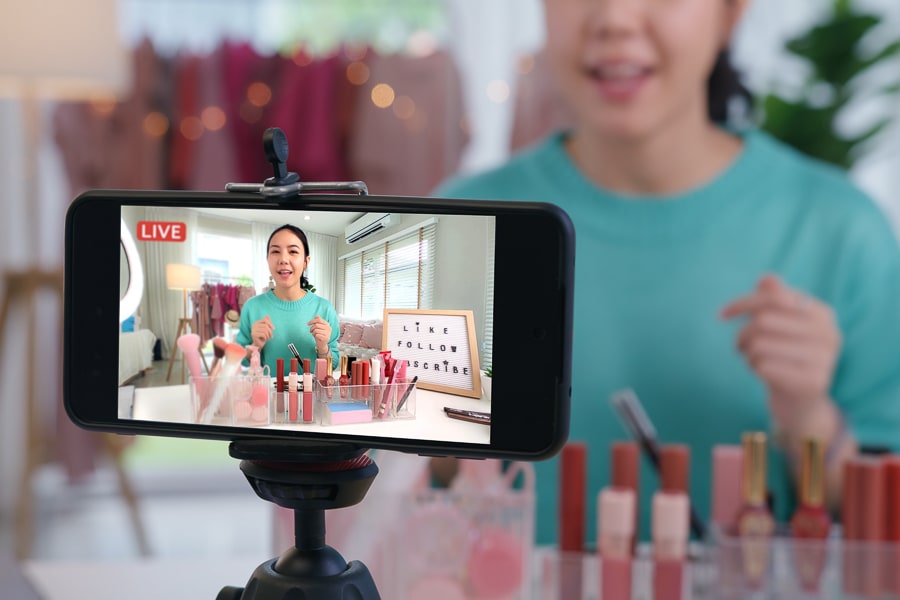
Storyboard18 - Live commerce and the rise of shopatainment
Live commerce can make shopping exciting and immersive, allowing brands to have deeper engagement with users. Integrating innovations could change shopping online from an activity to a form of entertainment for digital natives and newbies
 A recent report published by RedSeer Consulting predicts that the gross merchandise value of live commerce through short videos would touch $5 billion in India by 2025; Image: Shutterstock
A recent report published by RedSeer Consulting predicts that the gross merchandise value of live commerce through short videos would touch $5 billion in India by 2025; Image: Shutterstock
For 25-year-old Nashik-based Kanika Shinde, buying make-up off Instagram has become a habit. Shinde, an active online shopper, prefers video and photo-sharing platforms as these digital stores provide real-time shopping experience through live streaming.
“I could see the owner of the Instagram make-up store live swatching the shades of new lipsticks and eye-shadows and that gives me a clear picture of how it looks. Since she also has a similar skin tone as mine, the buying decision becomes much easier. They also respond to product related queries quickly,” Shinde says.
Shinde is among a bevy of online shoppers who are warming up to the idea of live commerce.
Simply put, live commerce allows instant purchasing of a product or service in a live streaming environment where audiences are participating through chat functions and reactions with the host.
The concept is wildly popular in more mature markets such as China where retail giant Alibaba’s Taobao Live launch in May 2016 marked the opening of a new chapter in sales. The company linked up an online livestream broadcast with an e-commerce store, allowing viewers to watch and shop at the same time.




